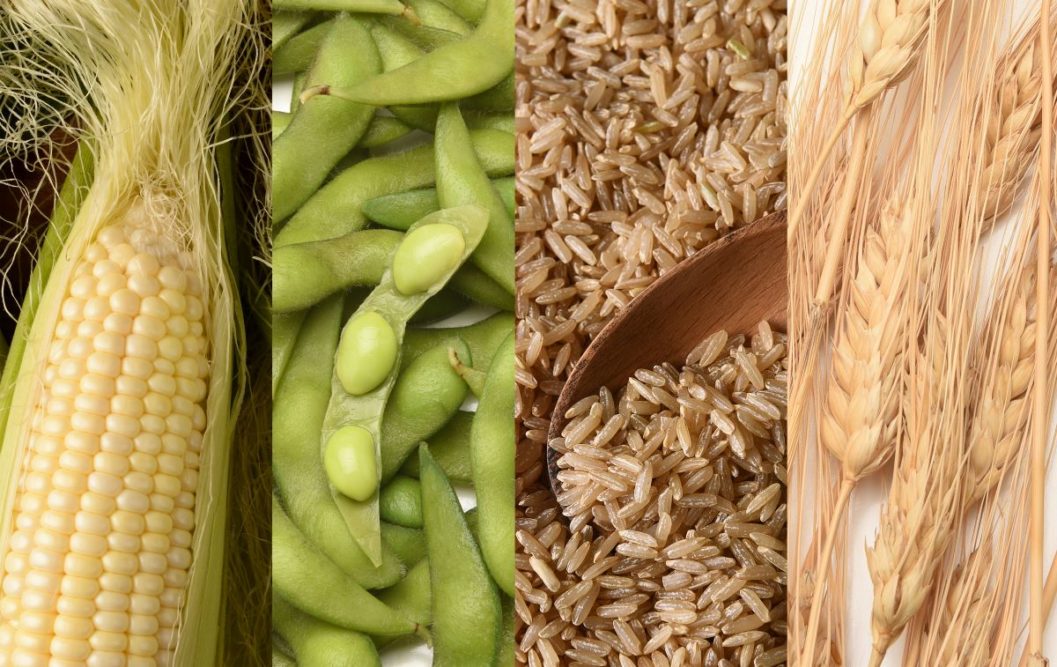ROME – World food commodity prices rose significantly in March to reach their highest levels ever, as war in the Black Sea region spread shocks through markets for staple grains and vegetable oils, the Food and Agriculture Organization of the United Nations (FAO) said on April 12.
The FAO Food Price Index averaged 159.3 points in March, up 13% from February when it already had reached its highest level since its inception in 1990. The index tracks monthly changes in the international prices of a basket of commonly-traded food commodities. The latest level of the index was 34% higher than in March 2021.
The FAO Cereal Price Index was 17% higher in March than in February, driven by large rises in wheat and all coarse grain prices largely as a result of the war in Ukraine. The Russian Federation and Ukraine accounted for around 30% and 20% of global wheat and corn exports, respectively, over the past three years. World wheat prices increased by nearly 20% in March, exacerbated by concerns over crop conditions in the United States. Corn prices posted a 19% month-on-month increase, hitting a record high along with the prices of barley and sorghum.
Contrasting trends across the various origins and qualities kept the March value of FAO’s Rice Price Index little changed from February, and thus still 10% below its level of a year earlier.
The FAO Vegetable Oil Price Index rose 23%, driven by higher quotations for sunflower seed oil, of which Ukraine is the world’s leading exporter. Palm, soy and rapeseed oil prices also rose markedly as a result of the higher sunflower seed oil prices and the rising crude oil prices, with soy oil prices further underpinned by concerns over reduced exports by South America.
The FAO also released its new Cereal Supply and Demand Brief, which includes a forecast for global wheat production in 2022 of 784 million tonnes, a 1.1% increase from 2021. That estimate factors in expectations that at least 20% of Ukraine’s planted area to winter crops — notably winter wheat — may not be harvested due to direct destruction, constrained access or a lack of resources to harvest crops, reports from Russia of continued conducive weather conditions, as well as prospective production trends in China, the European Union, India, North America and elsewhere. Coarse grain production prospects remain favorable in Argentina, Brazil and South Africa.
Wrapping up the 2021 crop year, the FAO’s estimate points to a worldwide cereal production of 2.8 billion tonnes, up slightly from 2020, with rice production reaching an all-time high of 520.3 million tonnes (in milled equivalent).
Global cereal utilization in 2021-22 is projected at 2.79 million tonnes, including a record level for rice, with increases also expected for maize and wheat.
Global cereal stocks ending in 2022 are forecast to rise by 2.4% from their opening levels, largely due to higher wheat and maize stocks in Russia and Ukraine on account of lower expected exports. The global cereal stocks-to-use ratio is forecast at 30% in 2021-22, only marginally below the previous year and “still indicating a relatively comfortable supply level,” according to the FAO.
The FAO lowered its forecast for world trade in cereals in the current marketing year to 469 million tonnes, marking a contraction from the 2020-21 level, largely due to the war in Ukraine and based on currently available information. Expectations point to the European Union and India increasing wheat exports, while Argentina, India and the United States shipping more corn, partially compensating for the loss of exports from the Black Sea region.





